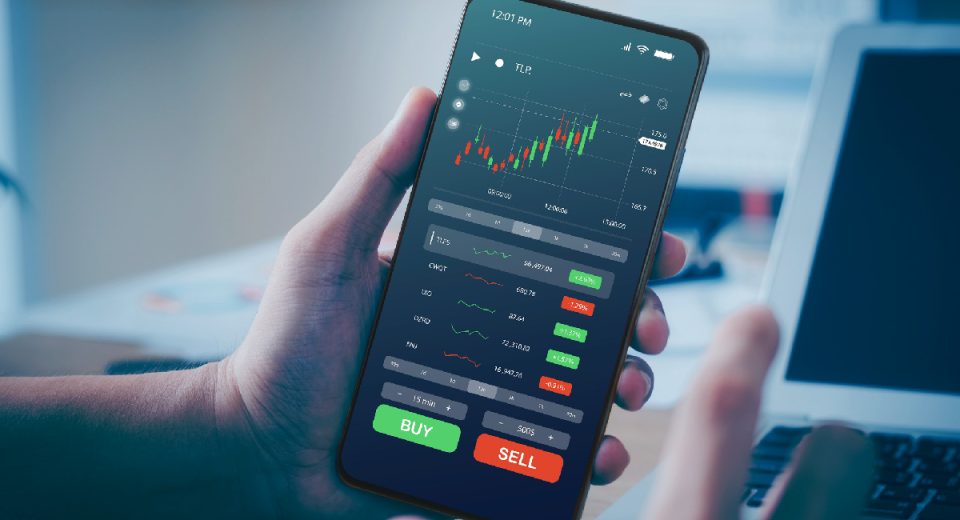The Rewards and Risks of Short Selling

The International Monetary Fund (IMF) has raised its expectations of a US recession, warning that America’s tariff policies could also push the global economy towards a meaningful slowdown. The organisation has also lowered its growth forecast for America from 2.7% to 1.8% for 2025. A majority of the analysts surveyed by Reuters also echoed the expectations of the global economy slipping into a recession.
“Showing unusual unanimity, none of the more than 300 economists polled April 1-28 said tariffs had a positive impact on business sentiment, with 92% saying ‘negative’. Only 8% said ‘neutral’, mostly from India and other emerging economies,” Reuters reported. Meanwhile, JP Morgan raised the probability of a US recession from 40% to 60% in early April.
With several countries facing a significant risk of recession in 2025, traders will face both challenges and opportunities. Although stock prices tend to fall during recessions, some companies may be more resilient and even see their values increase. This is where a short selling trading strategy could prove useful in capturing market moves. However, it is important to remember that the potential for volatile price swings makes effective risk management indispensable.
What is Short Selling?
Traditionally, short selling is a trading strategy where you borrow an asset from your broker to sell it due to expectations that its price will fall. You then buy it back at a lower price, with the aim of earning a profit from the difference between the selling and buying prices. However, Contracts for Difference (CFDs) have gained popularity because the short selling process is simpler and more streamlined. Here, all you need to do is identify the asset you believe is likely to decline in price and open a sell contract. This way, you neither need to own the underlying asset nor do you need to borrow it from your broker. If your prediction pans out, you close your position and you earn the difference between the open and close price.
Another advantage with CFDs is leverage, which allows you to open a position much larger than the funds in your trading account. Let’s understand this with an example. Your analysis signals that a specific stock is overvalued at $100 and likely to decline in price. You, therefore, wish to open a sell position on 1,000 shares via a CFD, using leverage of 1:100. This means you only need to fund $100, and your broker will fund the remaining $90,000 to open the position. Now, if the share price falls to $90, your contract value falls from $100,000 to $90,000. If you close the position, you earn $10,000, the difference between the open and close price.
Advantages of Short Selling
A key benefit of this trading strategy is that it makes price discovery more efficient. This is a process through supply and demand dynamics are used by the market to determine asset prices. Other advantages of short selling include:
Potential for High Returns
Short selling aims to capture profits from short-term volatility in an asset’s price. Since using this strategy with CFDs uses leverage, it lowers entry barriers and magnifies market exposure because you only need to fund a portion of the position size you open. But remember, borrowed funds are essentially loans, so you’ll be responsible for paying back the borrowed amount. Since market exposure is multiplied, potential gains and losses will also be amplified.
Enforces Fair Value Prices and Increases Liquidity
Short sellers act against optimistic markets and can identify potentially overvalued assets. In return, this can enforce prices to maintain a fair value and help maintain market health. The trading strategy also increases the overall volume of trades, contributing to liquidity for the concerned asset. Increased liquidity tends to encourage trading.
Hedging Against a Long Position
Short selling can be used as a means of managing risks. CFDs are a popular means to manage risks via hedging. So, if you open a buy contract on a stock, you can simultaneously open a smaller sell contract on the same stock or vice versa. If the stock price rises, you can earn from your long position, but if the price declines, your short position will mitigate the losses.
Risks of Short Selling
Like all other trading strategies, short selling comes with its own risks. Understanding them can help you take the appropriate risk management measures.
High Loss Potential
When you open a long position on a stock and the market moves in the opposite direction, the maximum downside on your position is 100%. However, when you short sell and the price begins to move up, there is no upper limit on how far the price could rise. But you still need to repay the margin borrowed from your broker. For example, you short sell 100 shares of a stock at $100, which means your position is worth $10,000. However, the price begins to rise and reaches $150. Now, your contract becomes worth $15,000, which means a loss of $5,000. Plus, if you had used leverage of 1:100, you would still need to return $9,900 to your broker.
Such a situation could occur due to a short squeeze. A rapid increase in stock price, usually triggered by a sudden surge in buying pressure, is called a short squeeze. It could magnify losses unless you have stop-loss orders in place. This is why it’s crucial to implement risk management measures like stop-loss orders, and to trade with a broker that offers negative account balance.
Risk of Margin Calls
Since short selling is done on leverage, traders need to maintain the minimum margin amount in their trading accounts to keep their positions open. If your account balance falls below the minimum margin requirement, you will receive a margin call from your broker to fund your account with the required balance. If you fail to do so within a specific timeframe, your position will be closed automatically, which could lock in your losses.
To Sum Up
- Short selling is a popular trading strategy during periods of market volatility or declining asset prices.
- CFDs are a popular way to open short positions.
- Traders open a sell contract with the hope of earning from the difference between the open and close prices of the contract.
- The benefits of short selling include the potential for high returns, maintenance of fair value and hedging against long positions.
- The risks of this strategy include the potential for high losses and margin calls.
- Risk management is crucial for short selling.
Disclaimer:
All data, information and materials are published and provided “as is” solely for informational purposes only, and is not intended nor should be considered, in any way, as investment advice, recommendations, and/or suggestions for performing any actions with financial instruments. The information and opinions presented do not take into account any particular individual’s investment objectives, financial situation or needs, and hence does not constitute as an advice or a recommendation with respect to any investment product. All investors should seek advice from certified financial advisors based on their unique situation before making any investment decisions in accordance to their personal risk appetite. Blackwell Global endeavours to ensure that the information provided is complete and correct, but make no representation as to the actuality, accuracy or completeness of the information. Information, data and opinions may change without notice and Blackwell Global is not obliged to update on the changes. The opinions and views expressed are solely those of the authors and analysts and do not necessarily represent that of Blackwell Global or its management, shareholders, and affiliates. Any projections or views of the market provided may not prove to be accurate. Past performance is not necessarily an indicative of future performance. Blackwell Global assumes no liability for any loss arising directly or indirectly from use of or reliance on such information here in contained. Reproduction of this information, in whole or in part, is not permitted.




